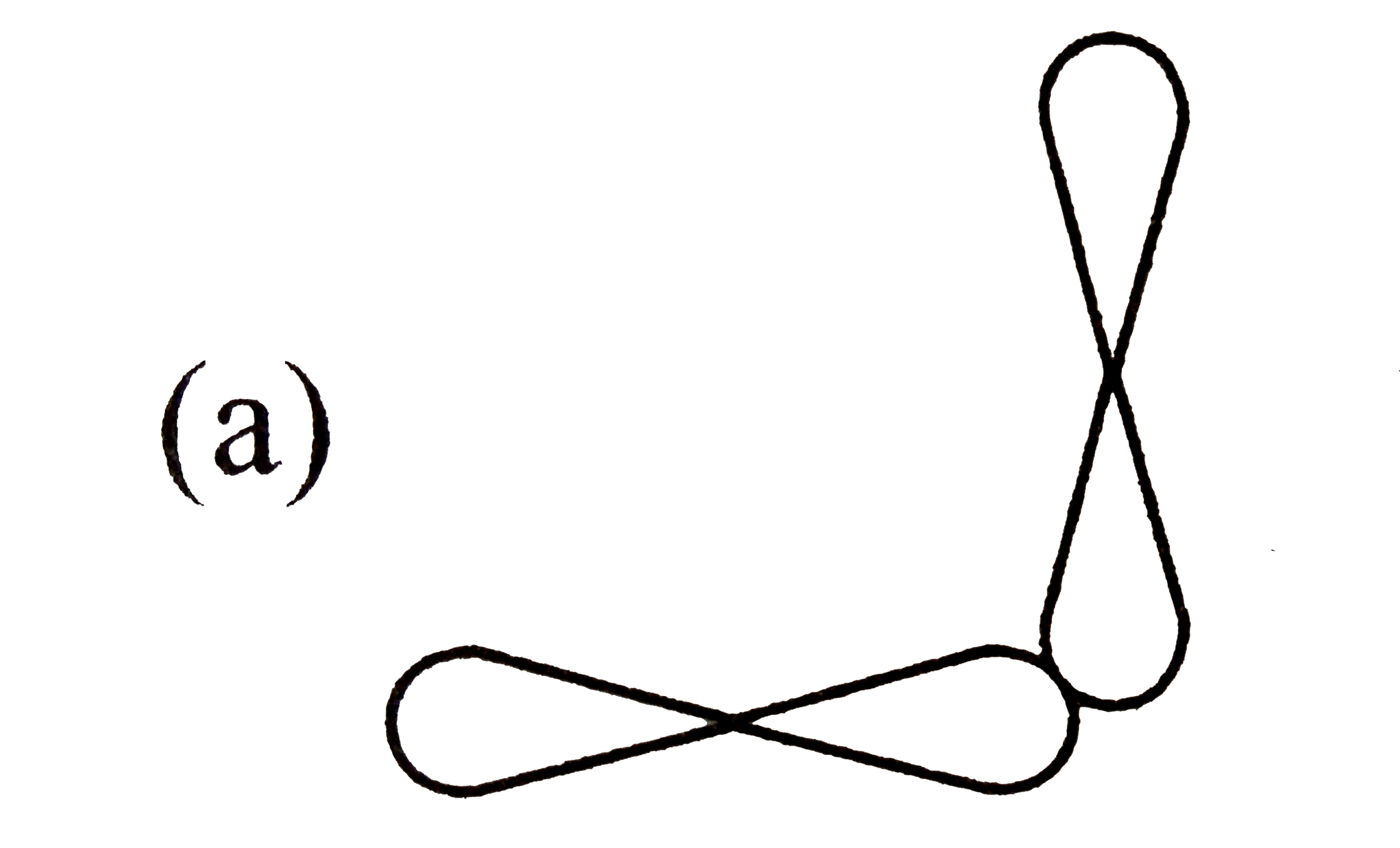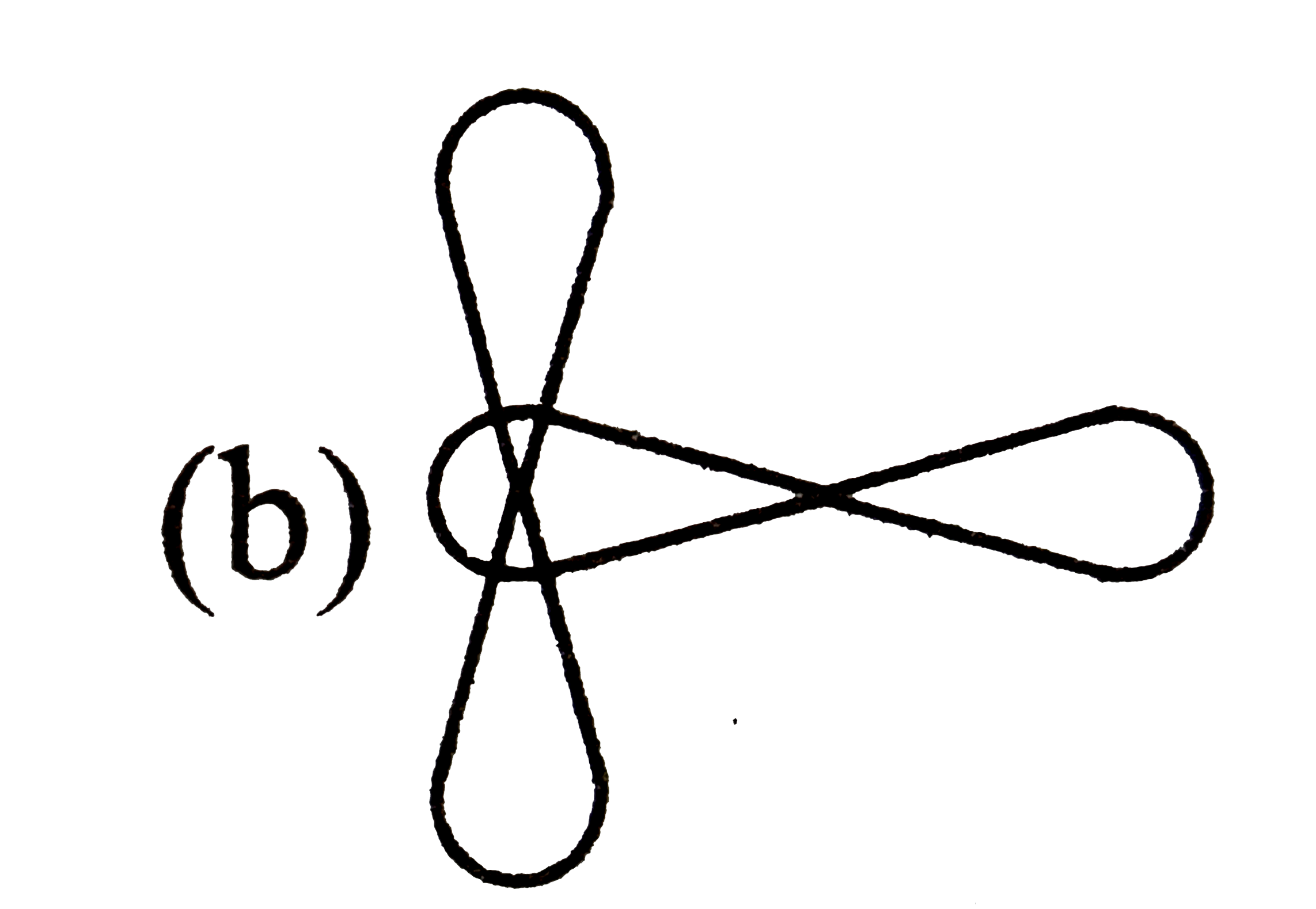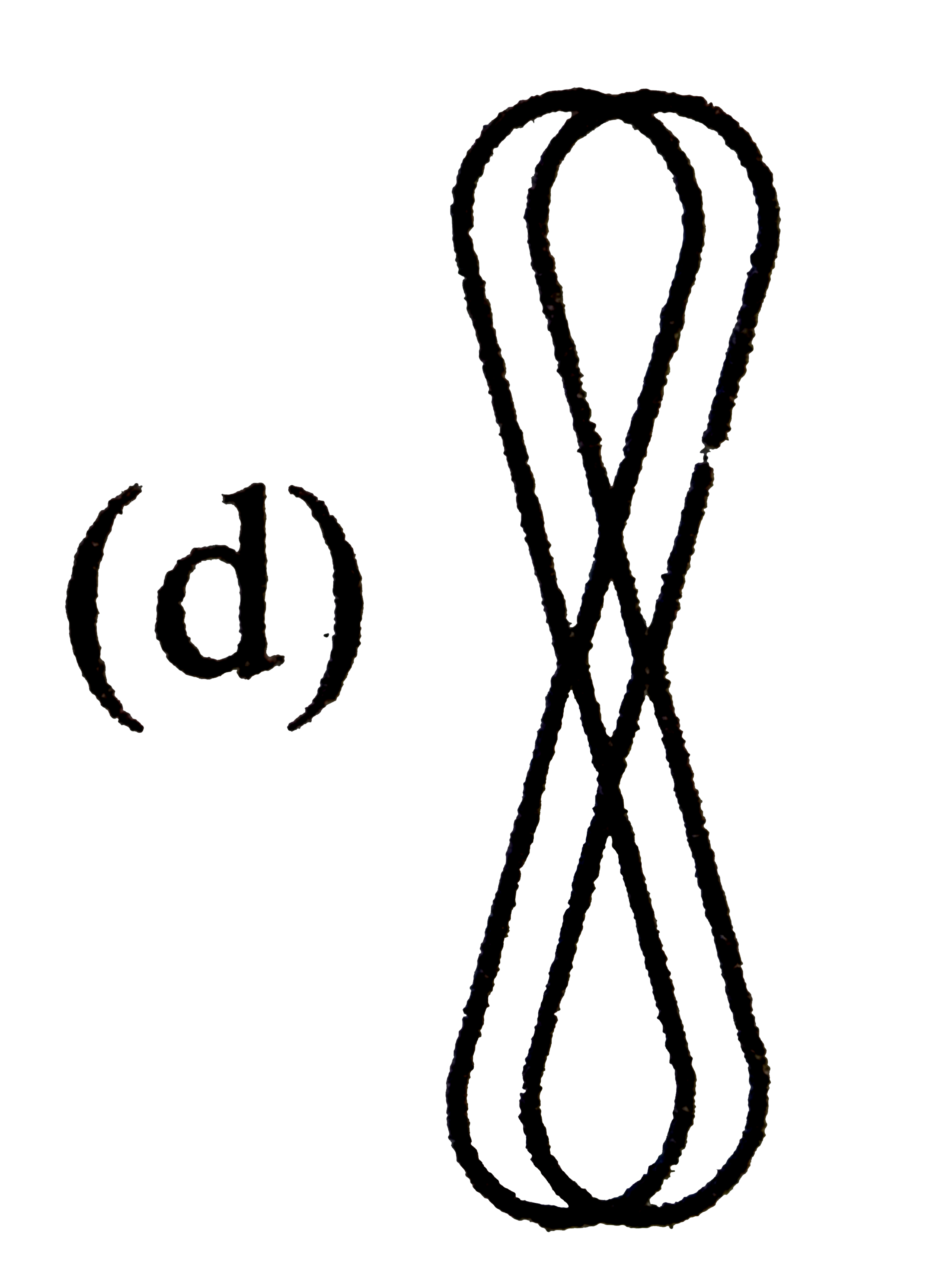Orbital Overlapping
Step by step video solution for Orbital Overlapping by Chemistry experts to help you in doubts & scoring excellent marks in Class 11 exams.
Updated on:21/07/2023Similar Questions
According to MOT, two atomic orbitals overlap resulting in the formation of molecular orbital formed. Number of atomic orbitals overlapping together is equal to the molecule orbital formed. The two atomic orbital thus formed by LCAO (linear combination of atomic orbital) in the phase or in the different phase are known as bonding and antibonding molecular orbitals respectively. The energy of bonding molecular orbital is lower than that of the pure atomic orbitals by an amount Δ. This known as the stabilization energy. The enerby of antibonding molecular orbital in increased by Δ' (destabilisation energy).
Q. If x-axis is the molecular axis, then π-moleulcar orbitals are formed by the overlap of :
View SolutionAccording to MOT, two atomic orbitals overlap resulting in the formation of molecular orbital formed. Number of atomic orbitals overlapping together is equal to the molecule orbital formed. The two atomic orbital thus formed by LCAO (linear combination of atomic orbital) in the phase or in the different phase are known as bonding and antibonding molecular orbitals respectively. The energy of bonding molecular orbital is lower than that of the pure atomic orbitals by an amount Δ. This known as the stabilization energy. The enerby of antibonding molecular orbital in increased by Δ' (destabilisation energy).
Q. Which of the following statements is not correct regarding bonding molecular orbitals?
View Solution
Knowledge Check
Which of the following atomic orbitals overlapping are not allowed
 AAllB(i)(ii)(iii)C(i)(iii)(v)D(ii)only
AAllB(i)(ii)(iii)C(i)(iii)(v)D(ii)onlyWhich p-orbitals overlapping would give the strongest bond?
A B
B C
C D
D
According to MOT, two atomic orbitals overlap resulting in the formation of molecular orbital formed. Number of atomic orbitals overlapping together is equal to the molecule orbital formed. The two atomic orbital thus formed by LCAO (linear combination of atomic orbital) in the phase or in the different phase are known as bonding and antibonding molecular orbitals respectively. The energy of bonding molecular orbital is lower than that of the pure atomic orbitals by an amount Δ. This known as the stabilization energy. The enerby of antibonding molecular orbital in increased by Δ' (destabilisation energy).
Q. If x-axis is the molecular axis, then π-moleulcar orbitals are formed by the overlap of :AS+pxBpx+pyCPz+pzDpx+px
According to MOT, two atomic orbitals overlap resulting in the formation of molecular orbital formed. Number of atomic orbitals overlapping together is equal to the molecule orbital formed. The two atomic orbital thus formed by LCAO (linear combination of atomic orbital) in the phase or in the different phase are known as bonding and antibonding molecular orbitals respectively. The energy of bonding molecular orbital is lower than that of the pure atomic orbitals by an amount Δ. This known as the stabilization energy. The enerby of antibonding molecular orbital in increased by Δ' (destabilisation energy).
Q. which of the following combination of orbitals is corrects?
View SolutionAccording to MOT, two atomic orbitals overlap resulting in the formation of molecular orbital formed. Number of atomic orbitals overlapping together is equal to the molecule orbital formed. The two atomic orbital thus formed by LCAO (linear combination of atomic orbital) in the phase or in the different phase are known as bonding and antibonding molecular orbitals respectively. The energy of bonding molecular orbital is lower than that of the pure atomic orbitals by an amount Δ. This known as the stabilization energy. The enerby of antibonding molecular orbital in increased by Δ' (destabilisation energy).
Q . The bond order of N−2 is equal to that of
View SolutionAccording to MOT, two atomic orbitals overlap resulting in the formation of molecular orbital formed. Number of atomic orbitals overlapping together is equal to the molecule orbital formed. The two atomic orbital thus formed by LCAO (linear combination of atomic orbital) in the phase or in the different phase are known as bonding and antibonding molecular orbitals respectively. The energy of bonding molecular orbital is lower than that of the pure atomic orbitals by an amount Δ. This known as the stabilization energy. The enerby of antibonding molecular orbital in increased by Δ' (destabilisation energy).
Q. Which of the following pairs of molecule can exist?
View SolutionAccording to MOT, two atomic orbitals overlap resulting in the formation of molecular orbital formed. Number of atomic orbitals overlapping together is equal to the molecule orbital formed. The two atomic orbital thus formed by LCAO (linear combination of atomic orbital) in the phase or in the different phase are known as bonding and antibonding molecular orbitals respectively. The energy of bonding molecular orbital is lower than that of the pure atomic orbitals by an amount Δ. This known as the stabilization energy. The enerby of antibonding molecular orbital in increased by Δ' (destabilisation energy).
Q. Which of the following statement(s) is true:
View SolutionAccording to MOT, two atomic orbitals overlap relsulting in the formation of molecular orbital. Number of atomic orbitals overlapping together is equal to the molecular orbital formed. The two atomic orbital formed by LCAO (linear combination of atomic orbital) in the same phase or in the different phase are known as bonding and antibonding molecular orbitals respectively. theenergy of bonding molecular orbital is less than that of the pure atomic orbital by an amount Δ. this is known as the stabilization energy. the energy of antibonding molecular orbital is increased by 'Δ' (destabilisation energy)
The bond order of N−2 is equal to that of
View Solution
